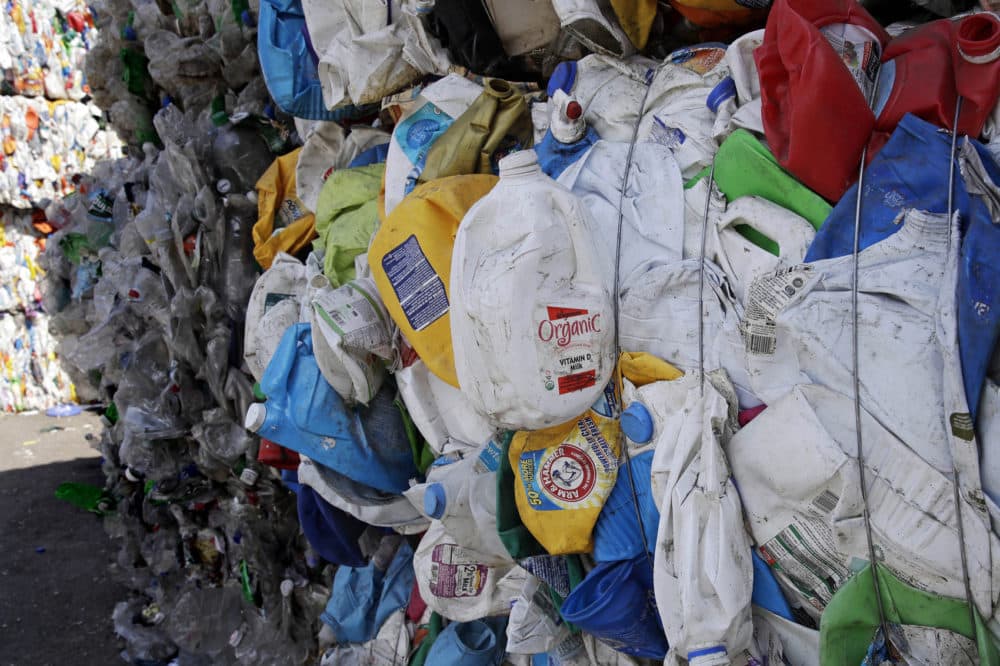- 0
From Trash to Treasure: The Art of Recycling and Repurposing in Waste Management

Image Source: Google
In today's world, the management of waste has become a pressing environmental issue. The accumulation of trash in landfills and oceans poses a significant threat to the planet's ecosystems. However, there is a growing movement towards recycling and repurposing waste materials to reduce the impact of our consumption on the environment. This article explores the art of recycling and repurposing in waste management, highlighting how innovative approaches can turn trash into treasure. If you are looking for the best waste management recycling then, you can contact ABC Disposal Systems.
The Importance of Recycling and Repurposing
Recycling and repurposing waste materials offer a range of benefits for both the environment and society. Some key reasons for embracing these practices include:
- Conserving natural resources by reducing the need for raw materials
- Minimizing energy consumption and greenhouse gas emissions associated with production processes
- Diverting waste from landfills, thereby reducing the environmental impact of waste disposal
- Creating economic opportunities through the development of recycling and repurposing industries
- Promoting a culture of sustainability and responsible consumption
Examples of Recycling and Repurposing in Action
1. Upcycling Old Furniture
Instead of throwing away old furniture, it can be given a new lease on life through upcycling. This involves refurbishing and redesigning items to create unique pieces that are both environmentally friendly and stylish. For example, an old wooden table could be sanded down and repainted to fit a modern aesthetic, reducing the need to purchase new furniture.
2. Turning Plastic Bottles into Art
Plastic bottles are a major source of pollution, but they can also be transformed into beautiful art pieces. By cutting, shaping, and melting plastic bottles, artists can create sculptures, installations, and even functional items like lamps and containers. This not only reduces plastic waste but also raises awareness about the importance of recycling.
3. Repurposing Textile Waste
The fashion industry produces a significant amount of textile waste, but innovative designers are finding ways to repurpose these materials. By using scraps and discarded fabrics, they can create new garments, accessories, and home decor items. This not only reduces the environmental impact of the fashion industry but also promotes creativity and sustainability.
Challenges and Opportunities
While recycling and repurposing offer numerous benefits, there are also challenges that need to be addressed to maximize their impact. Some key challenges include:
- Lack of awareness and education about recycling practices
- Inadequate infrastructure for collection and processing of recyclable materials
- Contamination of recycling streams, reducing the efficiency of the recycling process
- Limited market demand for recycled products, affecting the viability of recycling industries
Despite these challenges, there are also opportunities to further improve recycling and repurposing efforts:
- Investing in education and outreach programs to raise awareness about recycling benefits
- Developing innovative technologies for sorting and processing recyclable materials more efficiently
- Collaborating with businesses and governments to create policies that support recycling and waste reduction initiatives
- Encouraging consumer behavior changes to prioritize recycling and sustainable purchasing habits
Conclusion
The art of recycling and repurposing in waste management represents a creative and sustainable approach to addressing the challenges of waste disposal. By transforming trash into treasure, we can reduce our environmental footprint, conserve resources, and promote a culture of sustainability. Embracing recycling and repurposing not only benefits the planet but also offers opportunities for innovation, economic growth, and community engagement. Together, we can turn waste into valuable resources and build a more sustainable future for generations to come.
